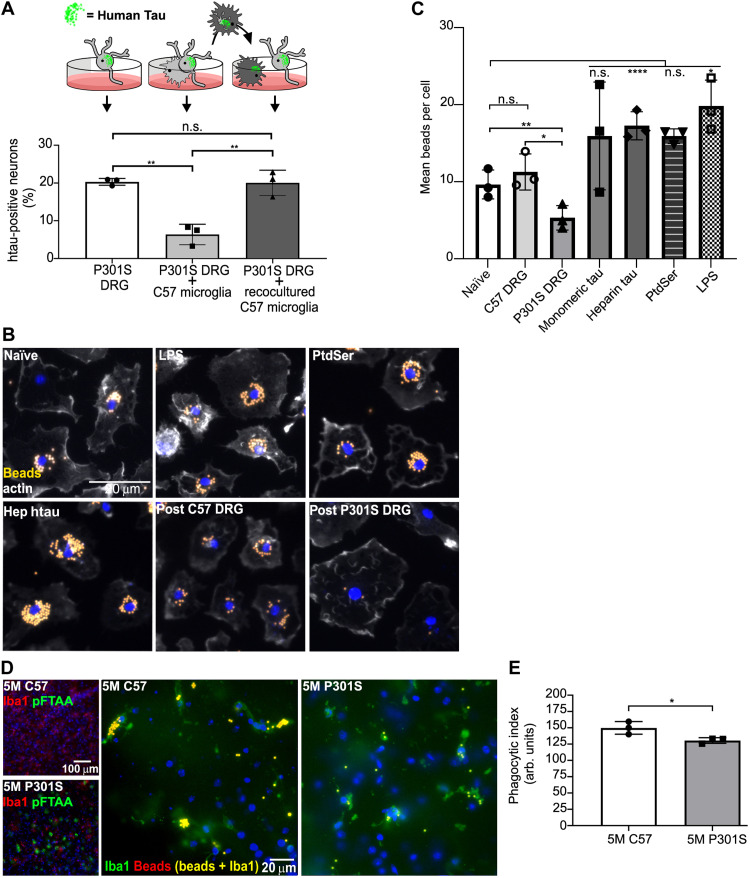Fig. 3. Microglia reisolated from 5M P301S DRGn cocultures or those in 5M P301S brain slices are hypophagocytic.
(A) Naïve C57 microglia (concave in cartoon) phagocytose P301S DRGn, whereas microglia reisolated from 5M P301S DRGn-microglia cocultures (sunburst shape) are not phagocytic toward a second culture of 5M P301S DRGn (5M P301S DRGn alone versus P301S DRGn with naïve C57 microglia, P = 0.0013, versus P301S DRGn reisolated C57 microglia, P = 0.9903, one-way ANOVA). N = 3 independent P301S DRGn cultures for the first or second cocultures, means ± SD. (B and C) Microglia reisolated from cocultures with 5M P301S DRGn show a significant reduction of latex bead uptake compared to naïve (untreated) microglia (naïve, P = 0.007) or microglia reisolated from coculture with 5M C57 DRGn (P = 0.0239, repeated-measures one-way ANOVA); treatment of naïve microglia with PtdSer liposomes does not reduce bead uptake (PtdSer, n.s.), while treatment with heparin-assembled tau significantly stimulates bead uptake (Hep htau, P < 0.0001). Quantification is shown in (C). N = 3 independent preparations of neurons or microglia exposed to the treatments are indicated, means ± SD. (D and E) Brain slices (130 μm) from 5M C57 or 5M P301S mice were exposed to latex beads for 3 hours, fixed, and stained for microglia (Iba1, green) to quantify the number of ingested beads (D) (large panels). Matching slices were stained with pFTAA to demonstrate tau aggregates (D) (small panels). Microglia in sections from brains of 5M P301S mice have a significantly reduced phagocytic capacity compared to 5M C57 mice (P = 0.0404, Mann-Whitney U test). The phagocytic index is displayed in (E). N = 3 independent experiments per genotype, means ± SD.

